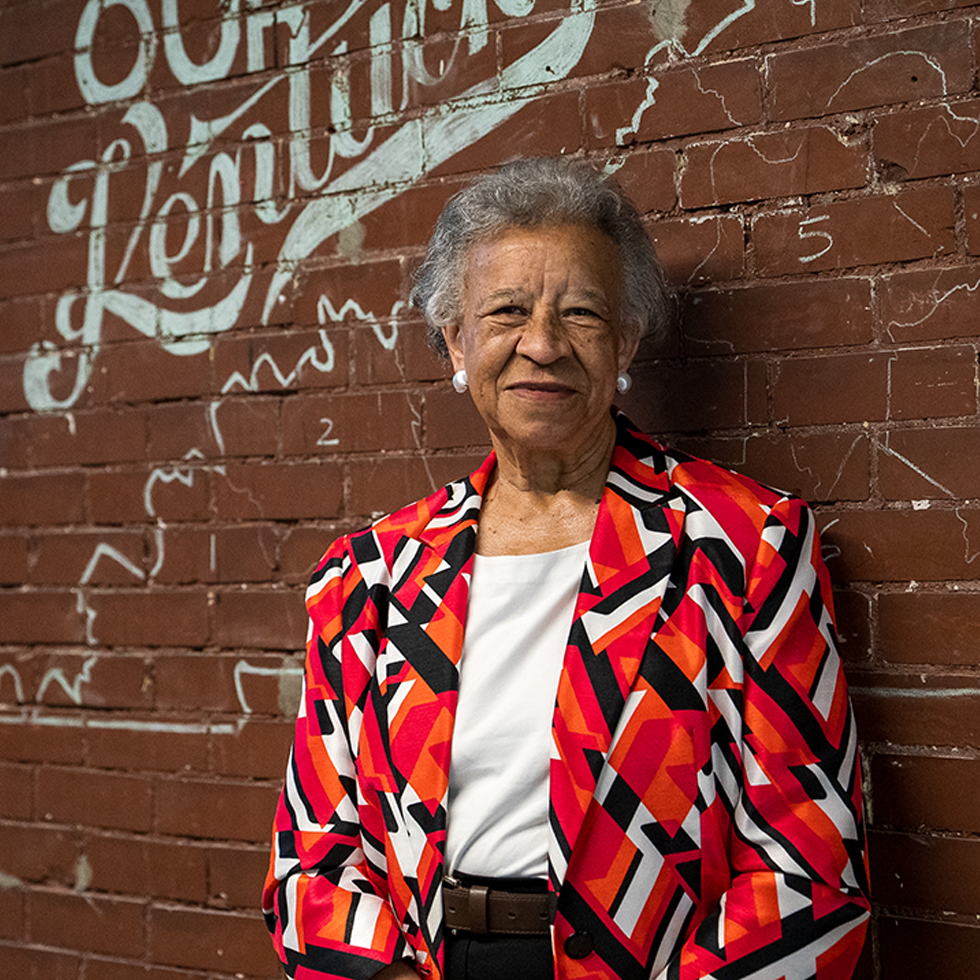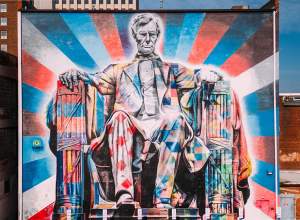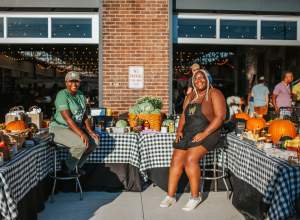Welcome to the immersive journey through Lexington's rich African American Heritage Tour, where the vibrant stories of trailblazers who left an indelible mark on the city's history come to life. Delve into the narratives of courageous activists, pioneering educators, and influential community leaders whose contributions have shaped the cultural landscape of Lexington. From the struggles of the past to the triumphs of the present, embark on a captivating exploration of innovation, persistence, and resilience. Each stop on this self-guided-tour helps tell the more than 250-year history of African Americans in Lexington and their enduring legacy on the fabric of the community.
The tour is divided into four legs: Northside, East End, Jefferson Street, and South Hill. Each of these areas of town has a unique history shaped by African Americans.
Explore the Northside, an urban neighborhood filled with stories of the first African American female doctor, emancipationists, jockeys, and a family who escaped on the Underground Railroad all overlap in place and time. We recommend 1.5 hours for this tour.
Discover one of the most historic African American neighborhoods in the East End tour. You’ll learn about the jockeys, teachers, nationally recognized musicians, and businessmen and women who made East End a center for creation and growth in the racing industry and African American culture. We recommend 2 hours for this tour.
Explore Jefferson Street, located in the oldest suburb in Lexington. Stroll the shaded, tree-lined roads and alleys in west downtown where Lexington’s black population lived and worked. Down the narrow paths between the large homes are historic alleys where enslaved and later African American domestic servants navigated. We recommend 45 minutes for this tour.
Finally, wander South Hill, an historic Free Black neighborhood where some of Lexington’s most influential African American citizens lived. Explore the story of free African Americans in one of the best-preserved historic neighborhoods in Lexington. We recommend 45 minutes for this tour.
Narrated by Yvonne Giles
Yvonne Giles is a consultant and content writer of local history. African Americans of the Central Bluegrass is her focus. She presents her research findings through lectures, walking tours, brochures, pamphlets and documentaries. Her interest began with a survey of three African American cemeteries in Lexington. These heritage sites provide clues to the stories of men and women important to our history. Their life's work and advocacy improved our lives, built and sustained our community. She's authored Stilled Voices Yet Speak, the history of African Cemetery No. 2. Her nomenclature is the "Cemetery Lady."
She is the recipient of many awards for her work. In 2021, Blue Grass Trust for Historic Preservation named a new annual award in her honor.
Giles, a native of Lexington, KY, earned two degrees from the University of Kentucky. She received an Honorary Doctor of Humane Letters in 2019.

Gallery
Explore the highlights of the tour.
















